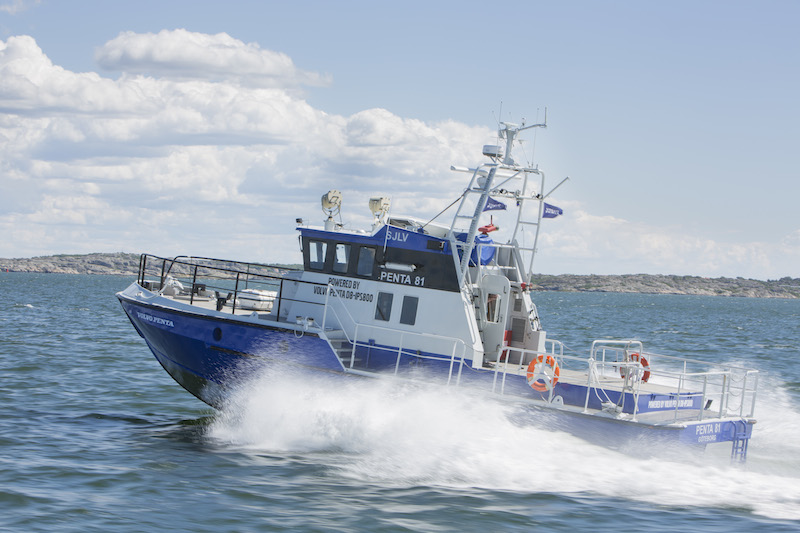Two weeks ago I was in Gothenburg, Sweden, the country’s second largest city and its main port, the largest in Scandinavia.
Located on Sweden’s west coast, about 70% of industry and Scandinavia's population are located within a 500-km radius of city. This area includes three capital cities — Oslo, Copenhagen and Stockholm. It is also where Volvo and Volvo Penta are based.
I was in town for Volvo Penta’s press event, held at its Krossholmen marine engine testing facility, located in an enclave near the mouth of Gothenburg’s Göta Älv River. There, Volvo employees work on as many as 30 test and demo boats at a time. The company says it is the largest and best-equipped facility of its kind in Europe, and its test and demo boats usually cover around 40,000 nautical miles at sea. I was able to account for a couple of those miles.
The reason for the event was to announce the future launch of a new model that has been developed to fit the D8 engines for the commercial market. The new engine extends Volvo’s IPS (Inboard Performance System) engine range. The new package has three power settings: D8 IPS600, D8 IPS650 and D8 IPS700.
Volvo plans to launch the Tier 3, IMO II version in the U.S. in January and will unveil it at the International WorkBoat Show in December.
Several of the boats I rode on and was able to drive featured the new test engines, including the Wester 45 and Targa 44. The power and maneuverability of the boats was impressive.
Commercial uses of the Volvo Penta IPS include patrol and pilot boats, fast workboats, and ferries. I had the chance to ride on Volvo Penta-powered ferries while in Gothenburg, taking advantage of a seamless transport system that links up the city’s boats, trams and buses.
On my final day in the city, I rode on several different ferries, exploring the city’s southern archipelago. Fittingly, I ended the day riding the 448-passenger Älvsnabben 5, powered by a pair of Volvo Penta D12-450s, back to my hotel in time for the 10 p.m. sunset.






